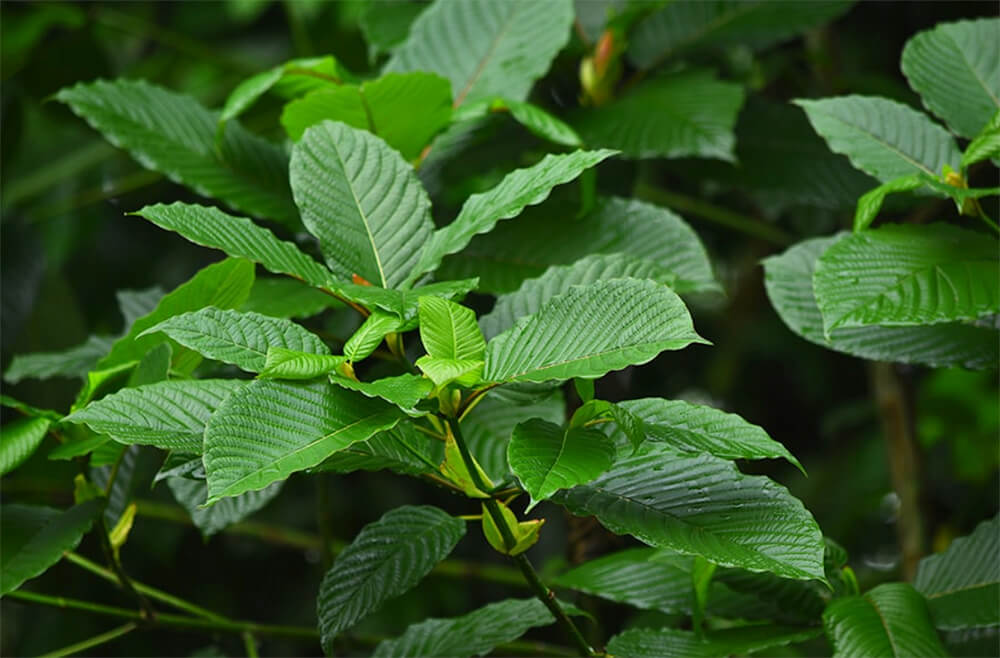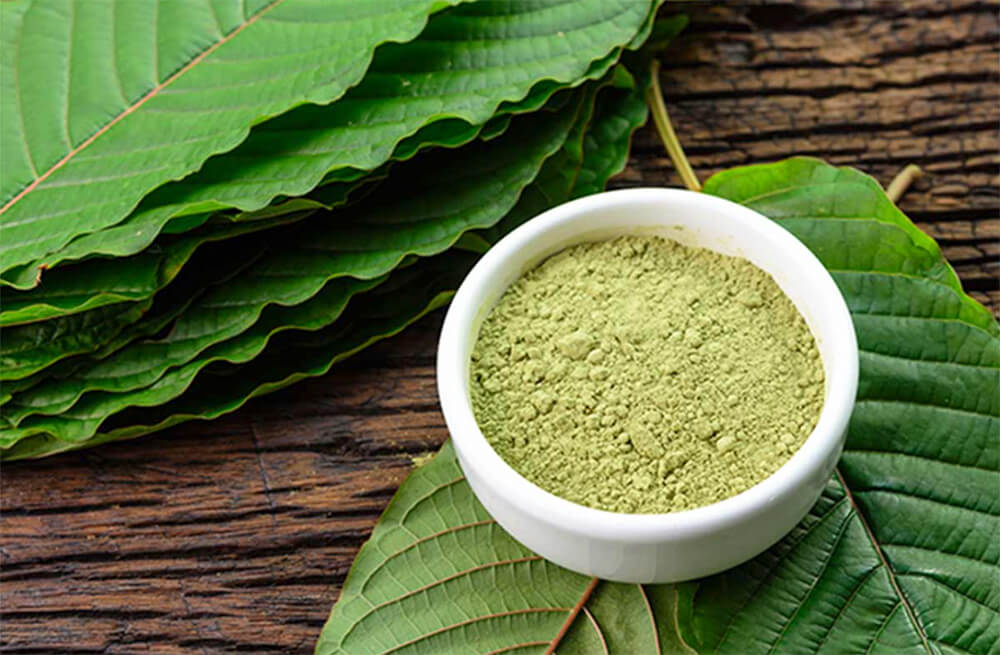Maybe you might have heard about Kratom and wondered what it is and what use it has. If that is the case, you are in the very right place. Quick Fix Synthetic give you the details about this herb and its supplement and why it is such a hot favorite among workout enthusiasts.
Kratom alludes to one of the most conspicuous local trees found in explicit zones in Southeast Asia, especially in Thailand, Indonesia, and Malaysia. Otherwise called Ketum or Kratom, local people consider Kratom as one of the holiest trees because of its amazing remedial and loosening up properties.
The leaves of Kratom have been utilized for a considerable length of time in different customs and functions as decorations and medication.

How Kratom Looks Like
The logical name of the Kratom tree is Mitragyna Speciosa. It is an individual from the Rubiaceae family and has a place with the Mitragyna species. Its stature goes somewhere in the range of 12 and 30 feet, even though the enormous Kratom tree found arrived at a tallness of 95 feet, with a width of around 15 feet, which is the leafiest and thickest by then.
The leaves of the Kratom tree are dim green and highlight a sparkling, gleaming appearance and an oval, sharpen shape that is one of a kind. The standard estimation of the Kratom leaf is 4-inch wide and 7-inch long. The color of this leaf vein likewise changes. They are usually smooth, or light green frequently alluded to as a white or green vein. In certain spots, they also have a light red vein.
A typically dried leaf of the Kratom tree is weighted to be in the scope of 0.5 to 2 grams. It the phase of its peak and development; it can develop upwards of 100 to 120 of creamy yellow flower petals in an adjusted structure. Kratom yields a beautiful organic product that has a capsulated oval shape, within which it saddles equitably little level seeds.
The Kratom tree is evergreen; its blossoms develop and advance fit as a fiddle after some time. With the progression of time, it leaves tumble down because of the difference in seasons and conditions. They are then supplanted with new ones, usually when the correct perfect natural conditions return once more.
Since it’s evergreen, Kratom is a considerably steadier and economic favorite for reaping all the more frequently in time and amount.
The leaves of the Kratom tree are subjective. The fall of leaves comes in the dry season, while the period of the downpour overwhelms the dryness, re-development of the leaves is started and upgraded with time. Regularly, the leaves of the Kratom tree begins shedding and tumbling down at the temperature of around 39-40 degrees Fahrenheit.
The Role of Mitragyna
The recurrence of harvesting likewise influences the alkaloid focus, especially mitragynine. It is imagined that Mitragyna speciosa produces mitragynine and different alkaloids as a guard instrument to deflect creatures from eating the leaves. If the leaves are not being gathered, the plant doesn’t squander vitality delivering the alkaloids. Be that as it may, if the leaves are often being evacuated, at that point, Mitragyna speciosa provides more trying to forestall this.
Usually, the most elevated mitragynine content is available in leaves from as often as possible gathered trees, particularly those that were reaped during the first development spray when the downpours return after a long dry season. This is because of a mix of reasons. During the dry season, the leaves don’t develop such a lot, so mitragynine and different alkaloids produce in the leaf buds.
After the first downpour, the leaves experience rejuvenation, and these alkaloids are then saved into the leaves. These leaves can frequently have a reddish appearance.
Decades back, a famous Dutch botanist, Dr. Dwindle Willem Korthals, accepted the open the door to record the tree of Kratom formally. In his exploration, Dr. Korthals named the sort of the Kratom Tree after being motivated by the different state of the marks of shame of its first species, which helped him to remember the state of the pious miter the priest wears. There are a lot of different types of the Kratom tree found in various pieces of the world also, for example, West Africa and India from Asia, Including; M. Parvifolia, M. Tubulosa, M. Stipulosa, M. Diversifolia, M. Africanus, M. Rotundifolia, M. Ciliate, M. Inermis M. Kuntze, and M. Hirsuta.
Kratom Alkaloids
Alkaloids allude to any of a class of nitrogenous natural mixes of plant inception, which have articulated physiological activities on people. They incorporate numerous medications (morphine, quinine) and toxic substances (atropine, strychnine).
There are more than 25-Alkaloids in leaves of this plant. And further research is always leading to more alkaloids.
Most of these alkaloids contain two oxindoles, namely, known as mitraphylline and speciofoline. These alkaloids also have three indoles, which are mitragynine, paynanthine, and speciogynine. Out of these oxindoles, the mitragynine and paynanthine are selective to their species.
The other residual alkaloids contain diverse oxindoles and indoles, including rhychophylline, stipulatine corynanthidine, mitraversine, and ajmalicine.
The assortment of alkaloids found in various Kratom tests right up ’til today despite everything calls for additional examinations and experimentation, exploring their particular movement, impacts, and potential applications.
Through its contents and convention of utilization, it is clear Mitragyna speciosa Kratom is considerably more than a basic narcotic-like opiate and mellow energizer.
Logical Classification and Brief Specifications of Kratom
Species: M. Speciosa
Division: Magnoliophyta
Kingdom: Plantae
Class: Magnoliopsida
Order: Gentianales
Family: Rubiaceae
Genus: Mitragyna
Conclusion
Aside from the distinctions in the origins of supply, examples of utilization, and social agreeableness of Kratom inside these two areas, the most intriguing finding is its advancement to a recreational medication in the two settings, and the seriousness of the unfavorable impacts of Kratom utilize announced in the West.
While a few instances of poisonous quality and passing have risen in the West, such reports have been non-existent in South East Asia, where Kratom has had a more extended history of utilization.
With this brief overview, you know what Kratom is, how it has been used traditionally.






